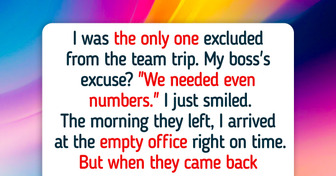My Boss Cut My Salary Behind My Back—Until HR Discovered the Truth
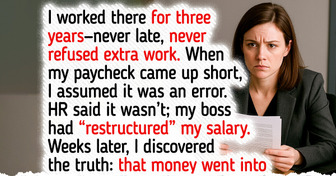
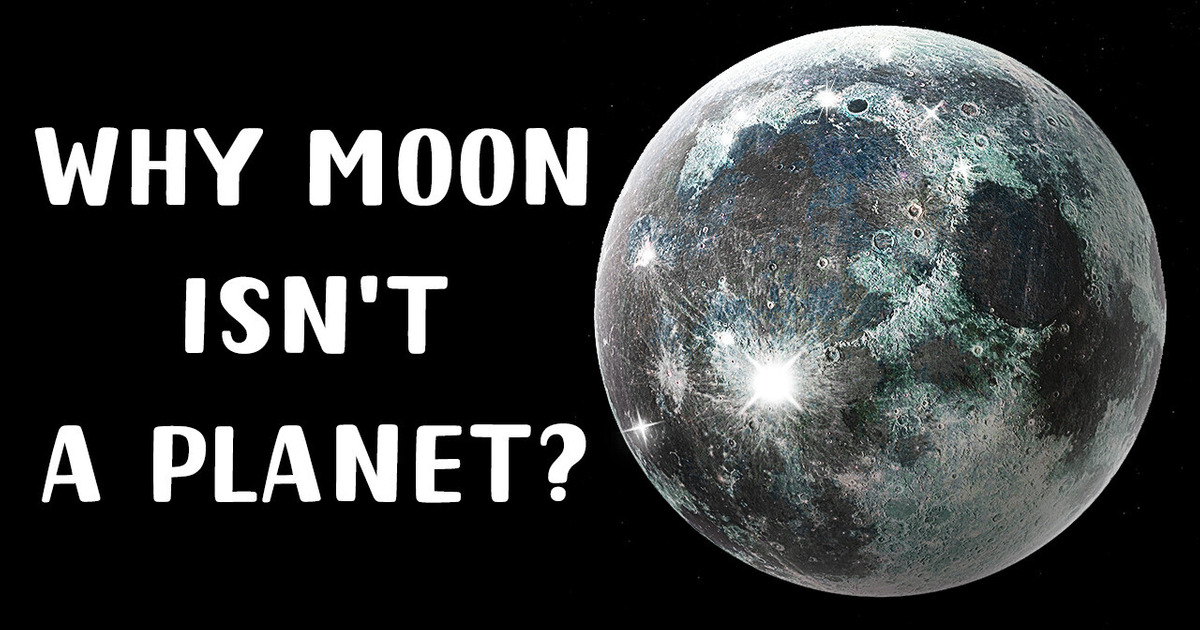
There are a lot of space objects all around the Universe, from stars to planets, to satellites, comets, and asteroids. But our closest celestial body is the Moon, which has been subject to much research, theories, and even myths. As our only natural and permanent satellite, the Moon is in the top ten list of biggest satellites in our Solar System.
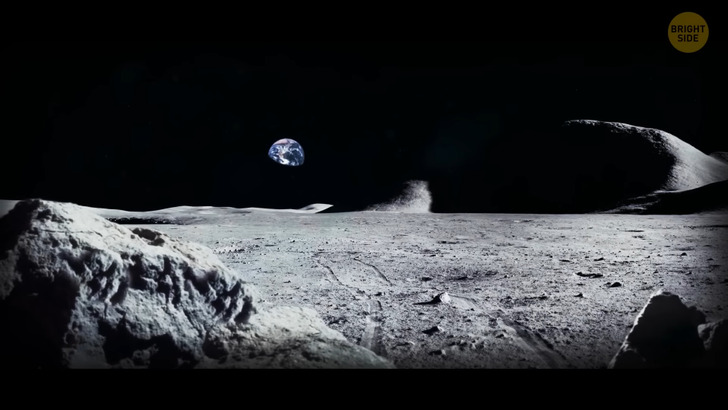
It’s located in an outer spiral arm of the Milky Way galaxy. Other planets in our solar system, like Mars or Jupiter, have many other moons. Saturn is the planet that tops this list, with an astonishing 82 moons, of which 53 have names. Shall I go through that list of names No? Okay, we’ll move on. Our Moon, with its mean radius of 1,079 miles, isn’t the biggest moon in the solar system but is the largest compared to the size of the planet it orbits. The difference between a satellite — like the Moon — and a planet isn’t their size, although that might be your first thought.
The largest moons in our Solar System are really huge. Some of them are even larger than planets. Jupiter actually has a bunch of these types of satellites, like the icy Ganymede. It is the largest moon in our solar system, larger than Mercury and Pluto! It may even have an underground saltwater ocean that can surpass all the water on Earth’s surface. Our Moon’s diameter is a bit larger than a quarter of that of the Earth. When it comes to mass, though, it’s 80 times less than our Earth’s. To paint you a better picture, if you think about our planet as being a big hollow balloon, you will need about 50 Moons to fill it.
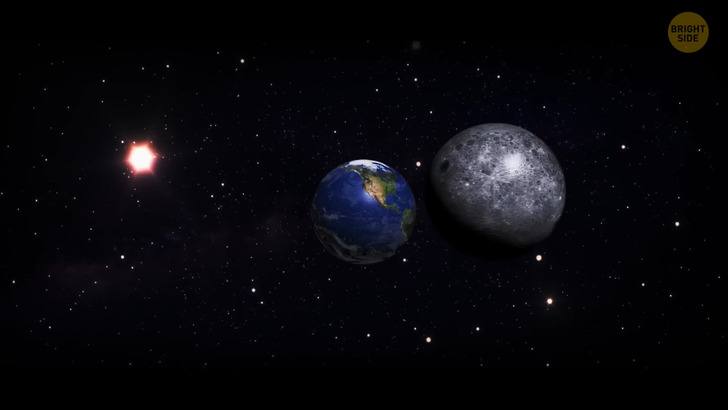
But let’s look at our Moon’s size from a bit of a different perspective: how does it compare to the United States? The US measures 2,800 miles wide horizontally, which means the Moon is smaller in diameter. It’s difficult for us to see it any other way, but what if our satellite was twice as big? Well firstly, we would see way more of those solar eclipses. In present conditions, they can happen two to five times a year, and five times is more of an exception. The last time there were five solar eclipses in a year was back in 1935. You’ll have to wait until 2206 to see the next event like this. Hmm. I might be around for that...
The Sun and the Moon look about the same size from down here on Earth, but I guess it won’t be a surprise if I tell you the star we’re orbiting around is enormous. So, if the Sun was hollow, how many moons do you think you would need to fill it? Wait, no need to Google: you would need 64.3 million Earth moons. Or about 1.3 million Earths. Yep, it’s that huge. And while we’re on the subject of our Sun: it has a diameter of 864,000 miles. Its mass? Well, it’s no less than 330,000 times bigger than that of the Earth. What is a star, though? I’m not a scientist here, so I’ll try to keep it simple: it’s a ball of bright flaming hot matter, held together by gravity. The reason why they give off both heat and light is that, well, they are very hot.
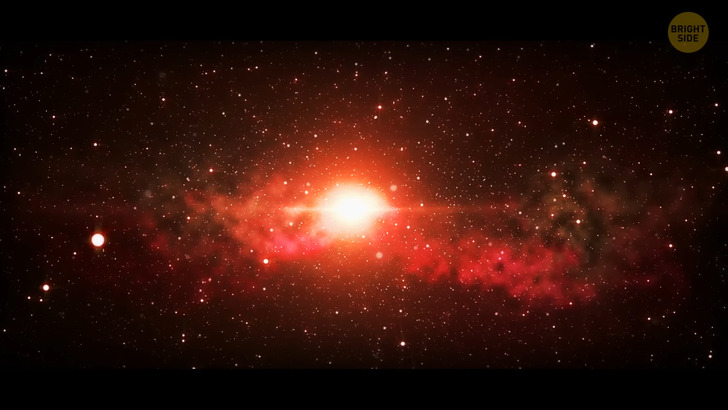
Experts call the smallest stars red dwarfs, because of their size and color. They are also the most frequent types of stars in our galaxy, with some of them being so tiny and dim that they are invisible to people on Earth. It’s the case of our nearest neighbor star Proxima Centauri. Our Sun is considered a medium star since it has an average mass, brightness, and life expectancy. There are also giant stars out there. They are rarer but easier to see. That’s why you can safely assume that roughly every star you see after the Sun has set is much larger than the Sun. But enough about it, let’s bring it back to the star of today’s show, the Moon, our only natural satellite. But is it? That may or may not be the full truth, actually.
Back in 1997, a group of scientists stumbled upon an asteroid, about 3 miles wide, looking like it was caught in Earth’s gravitational grip. It looked like a satellite of our planet. They called it Cruithne. It takes this guy about 770 years to make a trip around Earth. It also seems that it will remain in a suspended state around our planet for at least another 5,000 years. The Moon is also kind of steering away from us. With each year, it essentially holds up some of our planet’s rotational energy and uses it to launch itself about 1.5 inches higher in its own orbit. If the data we have available today is correct, back when it was born, our Moon was about 14,000 miles away from us. The distance is 239,000 miles on average.
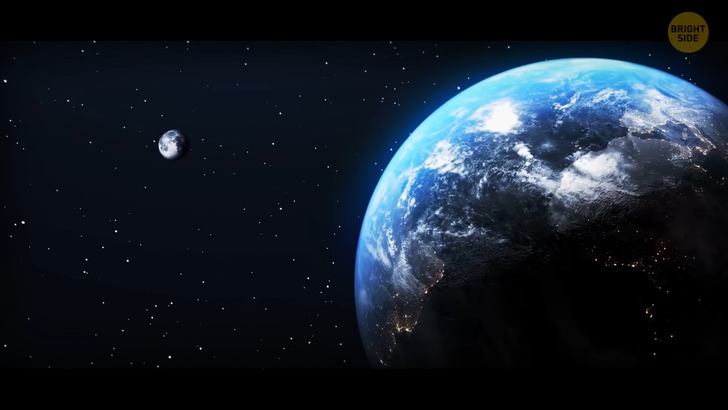
So, what will happen when it moves away completely? Well no more songs like Moon River, Fly Me To The Moon How High The Moon, that’s for sure. Then, there will simply be no tides in our planet’s oceans, and our nights would become darker. The seasons would look a lot different, and so will the lengths of our days. Based on current calculations in the science world, this will take about 50 billion years or so, so there’s no need to rush out, stocking up on flashlights just yet. Unless you just like to hoard stuff. There’s also another catch here: our Sun gets about 10% brighter every billion years. I’ll spare you the calculations, but to sum up, it’s more likely that long before the Earth will be left without its Moon, the Sun will have already swallowed them both. Gee, I don’t find that any more comforting...
But hey, what makes a planet, well, a planet and why isn’t our Moon considered one? I mean, it’s bigger than some other objects in our solar system which are, technically, planets. For starters, a planet is a celestial body that does three things: it orbits around a star — not something else. It is massive enough to become roundly shaped because of its own gravity. And lastly, it has the power to snatch up any dust or fragments in its orbit as it continues to move around the Sun.
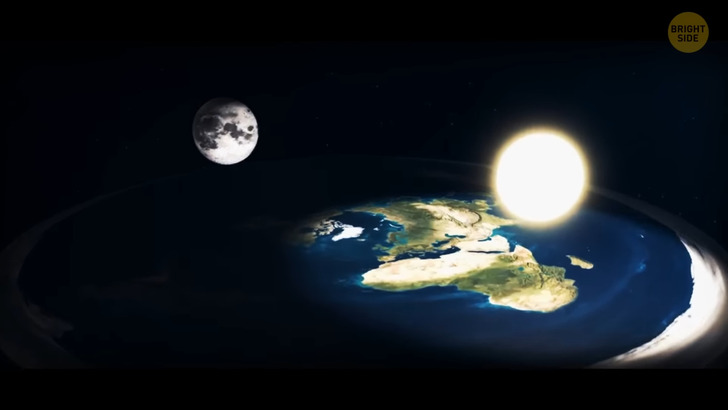
So, we’ve established that the Moon doesn’t orbit the Sun, but it doesn’t really orbit Earth, either. Both of them orbit a certain point stationed between them called the barycenter. It’s about 1,000 miles below the surface of Earth, sure, but still some 3,000 miles from the center of our planet. Since this barycenter lies beneath the surface of Earth, we do not consider the Moon a planet. To be able to do so, the Moon would have to either be about a third larger or a third further away so that the barycenter would be independent of the Earth’s surface.
The Moon does have some other planet-like characteristics, though, which makes it very special in our solar system. Firstly, it has a crust, a mantle, and a core. It also has quite an active geology, with events like our own earthquakes. You guessed it right; they’re called moonquakes up there. Hey, do they have moon-pies up there too? Now come on, let’s continue our space exploration a bit more! Wait, what, you can’t hear me? Of course, you can’t because space is utterly silent. Since there is no atmosphere in space, sound has no medium or way to travel for you to hear it. You will want to steer clear of Venus if you do wish to continue your outer space travels. It’s the hottest planet in our solar system. It has an average surface temperature of around 840 degrees Fahrenheit.
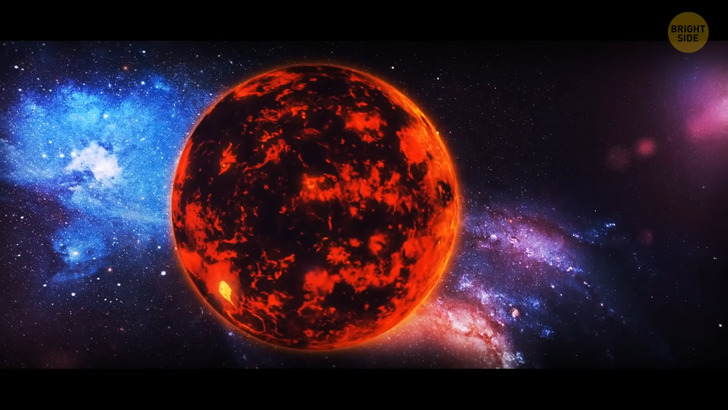
You’d think that’s because it’s closest to the Sun, but it’s not the case. You would also think that the closest planet, Mercury, would then be the hottest. Well, since this one has no atmosphere that would help regulate the temperature, it tends to have bigger fluctuations. Your calendar would also be very messed up on Venus since one day on its surface is about as long as a year on Earth. That’s because Venus is rotating slowly around its own axis, taking 243 Earth days to complete its own “day.” If you were to pitstop on Mars, be on the lookout for those blue sunsets. According to NASA specialists, there is some fine dust that makes the blue near the Sun’s part of the sky much more visible on Mars.
Any diamond fans out there? Pack your bags, because there’s a planet out there made of diamonds, and it’s twice the size of Earth. They believe it’s most likely covered in graphite and diamonds. A space suit costs about $12 million, but a visit there would cover the expenses altogether, don’t you think? And, if you’re not a fan of space explorations and prefer the comfort of our planet, here’s some good news for you. We have more trees right here on Earth than there are stars in our Galaxy, the Milky Way. We know there are about three trillion trees here on planet Earth and between 100 and 400 billion stars in our Galaxy.

